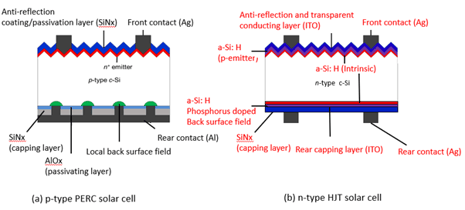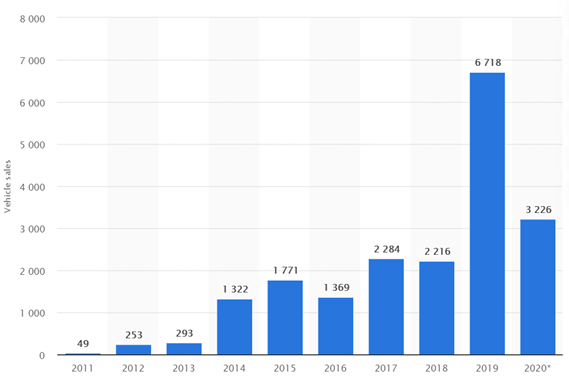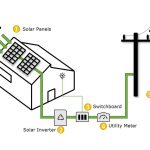Whats Stopping Cars From Mass Adoption In Australia
By 2019 in Australia, the number of electric vehicles (EV) has smashed the market with the highest sale marks depicting the upward stream. It was estimated that based on available EV that in 2021 it will increase by 50% but the estimation is not always the reality. Australia is resisting the worldwide pattern of strongly expanded interest for electric vehicles, with dull deals of Teslas and other different models despite of the country’s significant job in the worldwide supply network.

Electric Cars Sale Statistics from 2011 to 2020
Nearly about 7,000 electric vehicles were sold in the country in 2019, an increment of around 4502 or 4.5% the earlier year and in next year by 2020 the sale decreased to 3226 i.e. 3.4%, as indicated by figures from Christopher Hughes on Oct 22, 2020. EVs make up 4.2%, of all vehicles sold around the world. In Australia, they represent a simple 0.7% of the 1 million vehicles sold yearly, making it one of the slowest adopters of clean car innovation.

Possible Reasons for the Failure of Mass Adoption
In 2011 market survey was carried out in Australia regarding the interest in EV. However, such premium has not converted into higher paces of EV selection and adoption by the consumer. Results from earlier examination show buyers have various concerns including range, admittance to rechargers, charge time, value premium, vehicle price, fuel cost, and eco-friendliness, brand, and section supply.
- Worldwide automakers just offered around 28 electric vehicle models in the country with the retail beneath AU$50,000. By correlation, more than 100 models are accessible in the U.K. alone. CEO of the Electric Vehicle Council says the absence of any purchaser motivations and eco-friendliness norms in Australia has made it hard for car manufacturers. New innovation conveys a value premium and since there is no impetus set up and it gets hard for clients to beat the high ticket costs. Shopper newness to electric vehicles joined with generally greater costs has added to complete mass adoption of electric vehicles in Australia.
- As indicated by a financial and social-based overview presented by European Union (EU), the idea of ‘range uneasiness’ was referred to as a significant dread among expected buyers of EVs. ‘Reaching tension’ could be depicted as the concern of winding up with a vacant battery and having no place to re-energize it. This was discovered to be the second most elevated obstruction to EV selection after buy cost.
- Re-energizing an EV is an extremely large issue although the nation has more than 2,300 EV charging units however just 357 of those are quick charging that is fit for re-energizing a vehicle’s battery in less than two hours.
- A study conducted in Australia by Rafique and Town in 2018 investigated that the trip-by-trip range of automobile travel found that 88% of trips were less than 30 km. This indicates that EVs could more than generously provide for the transport needs of a large portion of the population and warrant their accelerated diffusion into the market. Thus, in order to boost EV adoption in Australia, it is imperative that the nation must understand how factors such as renewable energy use and charging infrastructure availability can favor EV sales.
- Other factors should also be focused on like the improvement of subsidies for EVs from the public authority and socio-socioeconomics, in order to help the strategic planning of EV selection in Australia and sustaining its global competitive advantage.
- Many other factors listed above the current pandemic has no doubt has also played its part. The market slowed down after the pandemic hit in 2020 as it impacted the shipping and car manufacturers turned efforts to supply the market with vehicular emanations protocols.
EVs appear to be appealing but deep inside it turns that it also has significant carbon impression and few other drawbacks such as extraction of lithium, cobalt and different metals. Also, they don’t ease blockage in jam-packed urban communities’. Consequently, while advancing the EV adoption in Australia, specialists ought to likewise create sound strategies to relieve the externalities brought about by EVs.
References
- https://thedriven.io/2020/12/23/how-many-electric-cars-are-there-in-australia-and-where-are-they/
- https://www.statista.com/statistics/789981/australia-electric-vehicle-sales/
- Rafique, S.; Town, G.E. Potential for electric vehicle adoption in Australia. Int. J. Sustain. Transp. 2018, 13, 245–254.
- https://asia.nikkei.com/Business/Automobiles/Electric-car-revolution-fails-to-spark-for-Australia-consumers




